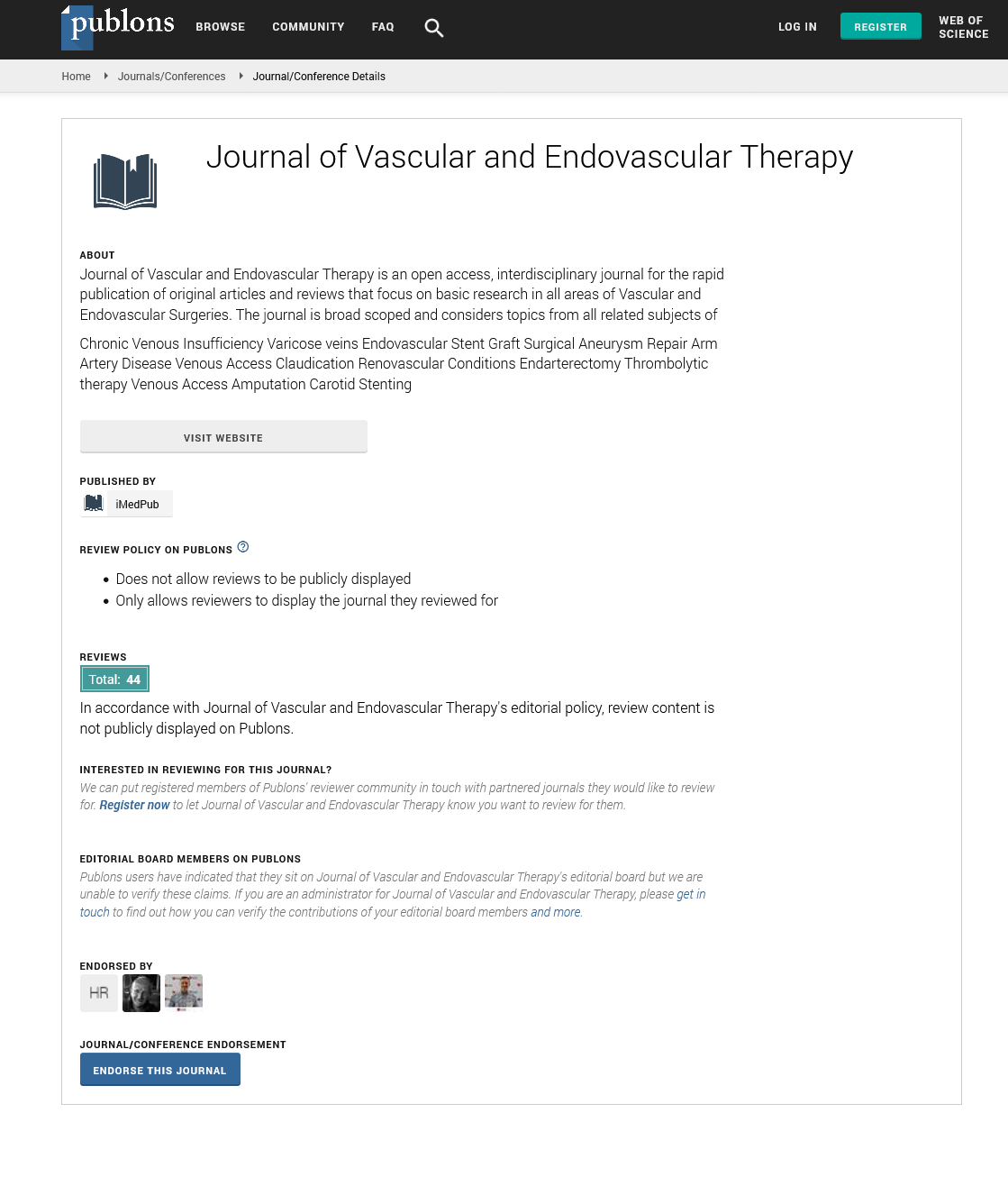Abstract
Short and medium-term results of closure of the ventricular septal defect in children: Conventional surgery versus percutaneous closure: about 289 cases
Introduction
VSD are common birth defects in children, accounting for 20 % of congenital heart disease diagnosed at birth. Untreated, they progress to serious complications.
Objectives
To compare the advantages, disadvantages, the feasibility, effectiveness and safety of percutaneous and surgical closure procedures for the treatment of isolated VSD in child.
Methods
Prospective, multicentre, non-randomized study comparing both therapeutic methods of isolated VSD in children with a series of 289 children with isolated VSD and selected in the national and international cardiology and pediatric cardiac surgery departments between October 2018 and October 2020. The patients were divided into both groups. In group A, surgical closure was performed in 111 patients; in group B, 178 patients underwent percutaneous closure. The median age of the patients was 4.4 and 7.23 years, respectively and the body mass index was 14.92 and 17.54, respectively. The median diameter of VSD was 8.39 and 6.31 mm respectively (3-20 mm).
Results
111 patients in group A and 178 patients in group B underwent successful closure with operative and postoperative mortality in the order of 1.8% and 0.56% respectively, clinical improvement in all our patients, 03 atrioventricular block in group A with absence of atrioventricular block in group B, significant regression in right ventricle dimensions, significant regression in SAPP, significant improvement in systolic right ventricle function. The total close of the defect rate was 95.6% immediately and 100% at 6 months followed in group A, which were not significantly different from those in group B (91.1% and 97.75%), respectively. Patients in group A stayed longer in the intensive care unit and had a much longer hospital stay than in group B. The follow-up period varied from 6 months to 1 year. During the follow-up period, no late complete atrioventricular block occurred in either group. No other serious complications were noted in patients in both groups.
Conclusions
Both procedures are safe and effective for the treatment of isolated VSD. The percutaneous procedure has obvious advantages of a shorter stay in intensive care and less trauma. However, the surgical procedure requires a longer operating and avoids exposure to X-rays.
Author(s):
Lakehal Redha*, Soumaya Bendjaballah, Aziza Baya, Bouzid Abdelmalek, Debieche Mohamed, Mohamed Touati, Amal El-Sisi, Sonia El-Saeidi, Ranya Hegazy, Mohamed Samir, Nesrine El-Feel, Safaa Ali, Zahira Zouizra, Zallé Issaka, Drissi Boumzebra, Yousef Jamal Zureikat, Frcsi Moh'd Ameen Abu-Taleb, Hojjat Mortezaeian, Saleheh Tajalli, Yasaman Khalili,Tarek Ellouze, Omar Masmoudi and Dorra Abid
Abstract | Full-Text | PDF
Share this

Google scholar citation report
Citations : 177
Journal of Vascular and Endovascular Therapy received 177 citations as per google scholar report
Journal of Vascular and Endovascular Therapy peer review process verified at publons
Abstracted/Indexed in
- Google Scholar
- Open J Gate
- Publons
- Geneva Foundation for Medical Education and Research
- Secret Search Engine Labs
Open Access Journals
- Aquaculture & Veterinary Science
- Chemistry & Chemical Sciences
- Clinical Sciences
- Engineering
- General Science
- Genetics & Molecular Biology
- Health Care & Nursing
- Immunology & Microbiology
- Materials Science
- Mathematics & Physics
- Medical Sciences
- Neurology & Psychiatry
- Oncology & Cancer Science
- Pharmaceutical Sciences


